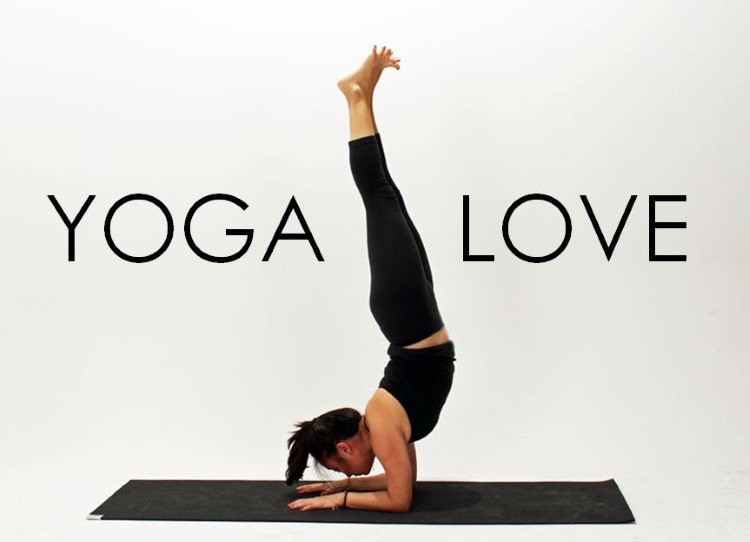Forearm Stand is known in Sanskrit as Pincha Mayurasana, or Feathered Peacock Pose. Like its namesake, Forearm Stand is a fantastically showy inversion that requires skill and patience to achieve.
The benefit of Forearm Stand is that it offers more stability than Handstand due to the larger foundation of the forearms as opposed to the hands. However, finding the requisite strength and openness in the shoulders can be challenging.
If you’re up for a challenge, why not test your body and build strength with this free 30 Day Yoga Challenge. By getting into the habit of practicing daily, you’ll soon be upside down and on your hands!
Take your time playing with Forearm Stand, and remember—turning your world upside down can simply begin with flipping your ideas about what your body can or cannot do.
Benefits Of Forearm Stand Pose
Forearm Stand strengthens the shoulders, arms, core, and back, and stretches the chest and shoulders. This pose also energizes and vitalizes the body, increases balance and proprioception, and improves overall circulation.
Note: If forearm balancing or inversions are new for you, then begin at a wall or enlist the help of an experienced spotter first to find and understand the key actions in your body needed in this pose.
Forearm Stand Pose Step-By-Step
- Begin in Forearm Plank, then walk your feet into Dolphin Pose. If you’re practicing the pose against a wall, begin with your fingertips a few inches away from the wall.
- Ensure that your elbows and palms are placed shoulder distance apart and your forearms are parallel, and send your gaze forward between your hands.
- Continue to walk your feet in as much as you can, bending your knees as much as you need to find the action of stacking your hips over your shoulders. Keep your core engaged and gently draw your shoulder blades into your back to support your back body.
- Extend your right leg up into the air, pressing down firmly into your elbows, and come up onto the ball of your left foot. Keep hugging your elbows in toward the midline of your body and reach out actively through the ball of your right foot.
- If you feel comfortable here, take a bend in your left knee, shift your weight slightly forward and take a very gentle hop with your left foot (or several) to bring your left leg up to meet your right.
- Actively squeeze your legs together and energetically extend the balls of your feet upwards. Push down strongly through your elbows and forearms, gently draw your low ribs in, and lengthen your tailbone toward your heels.
- Stay here for up to five breaths, then slowly release your legs to the ground, one at a time. Rest in Child’s pose, and repeat the pose, leading with the opposite leg whenever you feel ready.
Tips
- Props can be extremely helpful with this pose. Try looping a strap around your upper arms to keep them shoulder distance apart, and place a block between your hands, with the thumb and pointer finger of each hand framing the corners of the block.
- If at first your feet crash loudly against the wall, don’t despair! Practice hopping and sending your legs up with control until you can swing your heels up to the wall lightly. If your head always seems to sink toward the floor, work on strengthening your shoulders by holding Downward Dog and Dolphin for up to two minutes at a time.
- Note the tendency for the lower back to come into a deep arch here, and counter that action by engaging your core and drawing your low ribs in. Lengthen your back body by sending your tailbone toward your heels and your feet toward the ceiling.
- For a more advanced variation, try bending your knees and sending your feet toward your head for Scorpion Pose, or extended your legs in opposite directions for Forearm Stand Splits. Another way to challenge yourself is to work on lowering your legs to the ground together and with control.
Image Credit / Yogi: Julia Lee


